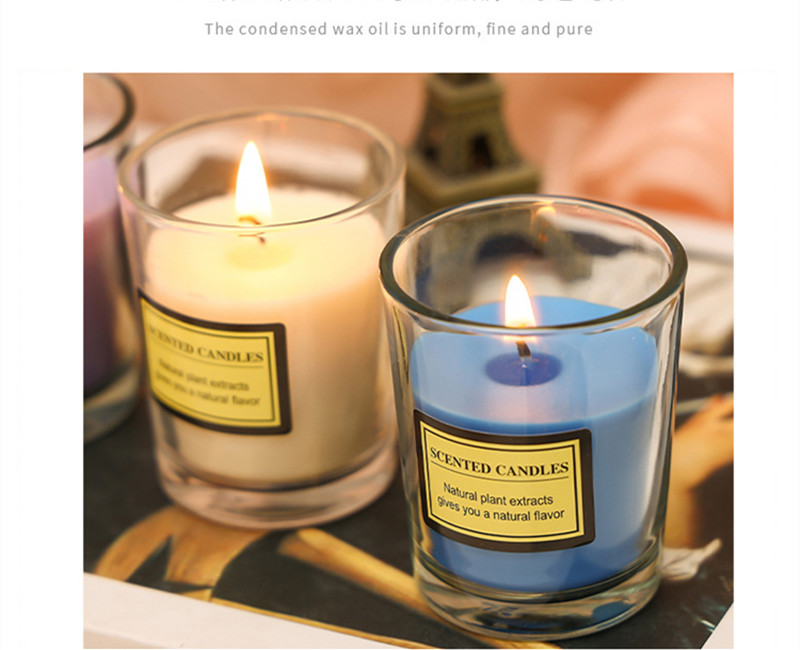China's mold industry is facing various risks
During the "Eleventh Five-Year Plan" period, China's mold industry is expected to reach a market share of 120 billion yuan. Despite the vast potential in this sector, the industry faces significant challenges, including foreign capital monopolies that squeeze profit margins and internal issues within domestic enterprises. These factors have significantly increased the risks associated with industrial investment.
Mold manufacturing serves as the foundation for the broader manufacturing industry, with 60 to 80% of products in sectors such as electronics, automotive, electrical, instrumentation, appliances, and general machinery relying on molding processes. In 2005, the Chinese mold market reached a capacity of 80 billion yuan, and experts predict that during the "Eleventh Five-Year Plan," this figure will rise to 120 billion yuan.
However, the industry is not without its problems. Foreign-funded enterprises are increasingly entering the Chinese market, bringing advanced technology and financial resources. Companies like Germany’s Haila Jilin, Japan’s Toyota Mold, and Finland’s Belrose have established operations in China, focusing on high-end mold production for industries such as telecommunications, healthcare, and automotive. This influx of foreign investment has intensified competition, making it difficult for domestic firms to compete in the high-value segment.
Many domestic companies remain focused on mid- to low-end molds, with limited technological capabilities and lower added value. According to the China Die and Mould Industry Association, critical components such as precision stamping dies, car body molds, and electronic connectors still rely heavily on imports, resulting in a trade deficit exceeding 10% in mold products. Billions of dollars are lost due to this reliance on foreign suppliers.
Domestic enterprises also face several internal challenges. First, innovation is weak. The mold industry requires skilled professionals who can adapt to new technologies, but there is a shortage of both technical workers and management talent. Additionally, many companies lack sufficient investment in R&D, which hinders long-term growth. Financial constraints further limit the ability of private enterprises to upgrade their facilities and adopt new technologies.
Second, the overall efficiency of the industry remains low. While some companies use advanced equipment, the majority still lag behind international standards. Low NC (Numerical Control) ratios and limited CAD/CAM (Computer-Aided Design/Computer-Aided Manufacturing) application coverage are common. Equipment shortages and poor maintenance also contribute to inefficiencies, leading to higher labor costs and longer production cycles.
Third, standardization and commercialization are underdeveloped. The low level of mold standardization and limited use of standardized parts affect both quality and cost. Poor cooperation among manufacturers further limits the industry’s ability to scale efficiently.
Finally, mold materials and related technologies in China still lag behind global leaders. Domestic mold steel, plastics, and other components often fall short in performance and variety, directly impacting the quality and lifespan of molds. This gap makes it difficult for local manufacturers to meet the demands of high-end markets.
In terms of external environment, foreign companies typically avoid joint ventures, preferring to maintain control over core technologies. They either partner with local customers or establish independent operations in China, leveraging cheap labor and raw materials to maximize profits. Many of these companies keep design processes overseas and outsource manufacturing through digital networks, maintaining a competitive edge while limiting collaboration with local firms.
Overall, while the Chinese mold industry holds great promise, overcoming internal inefficiencies and external competition will be key to achieving sustainable growth and global competitiveness.
Scented Glass jar candle which is can be make different shape of the glass jar, Material use natural Soy Wax, and good frangrance oil, our company can accept customized size and scent
different color the glass jar to meet different customer request

Glass jar candle,Scented candle,glass candle
Meichen(Hebei) Technology.,Ltd , https://www.mchenhome.com